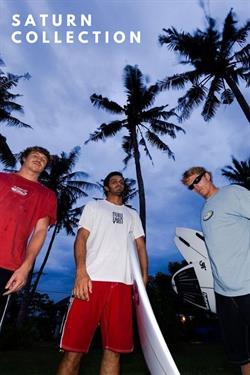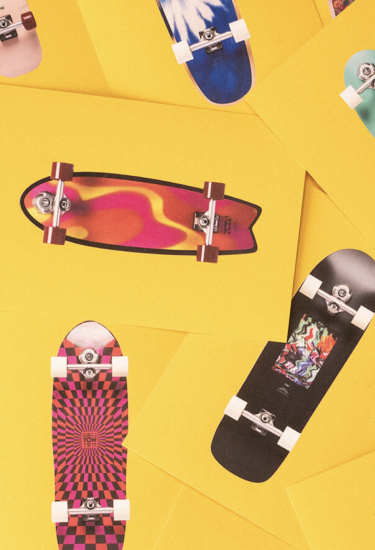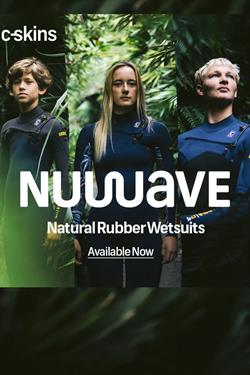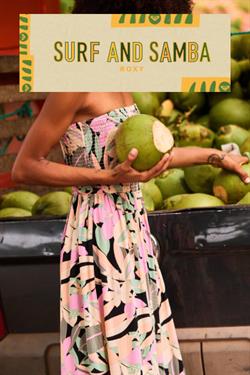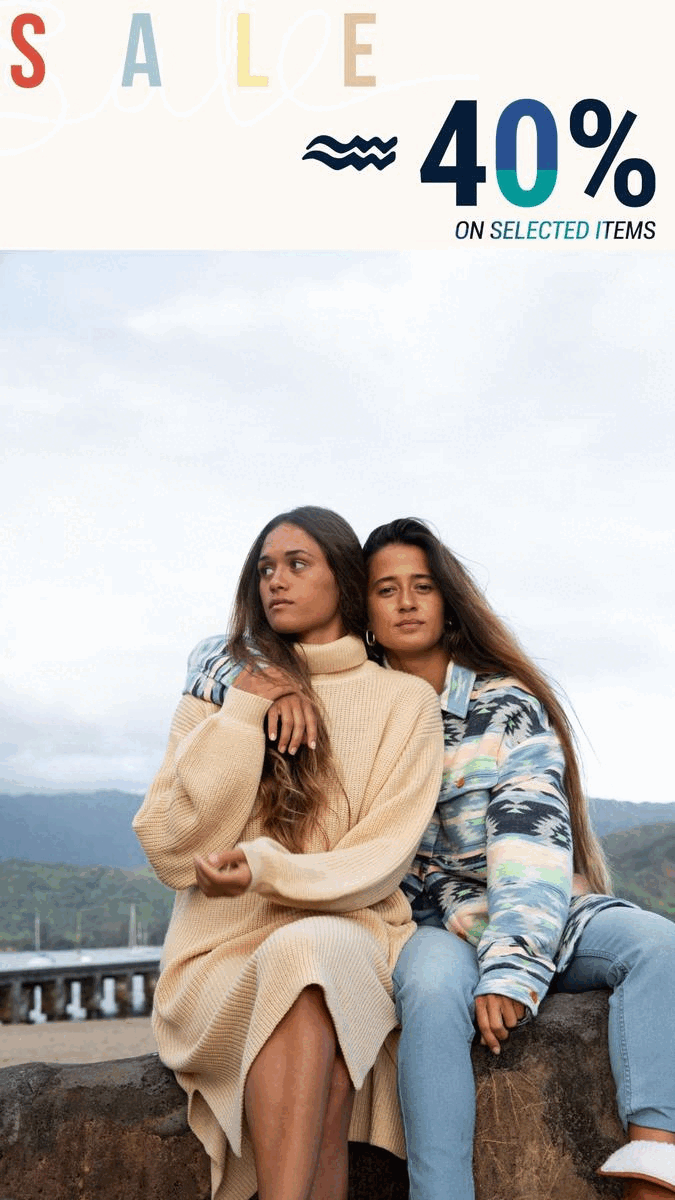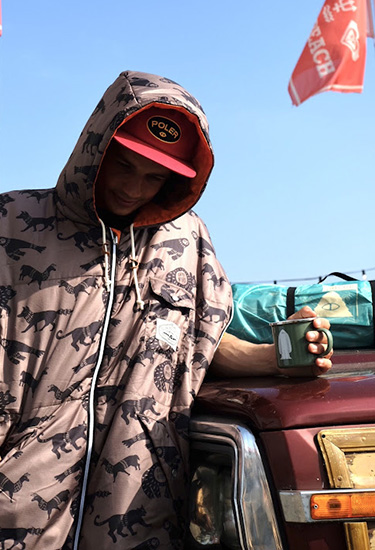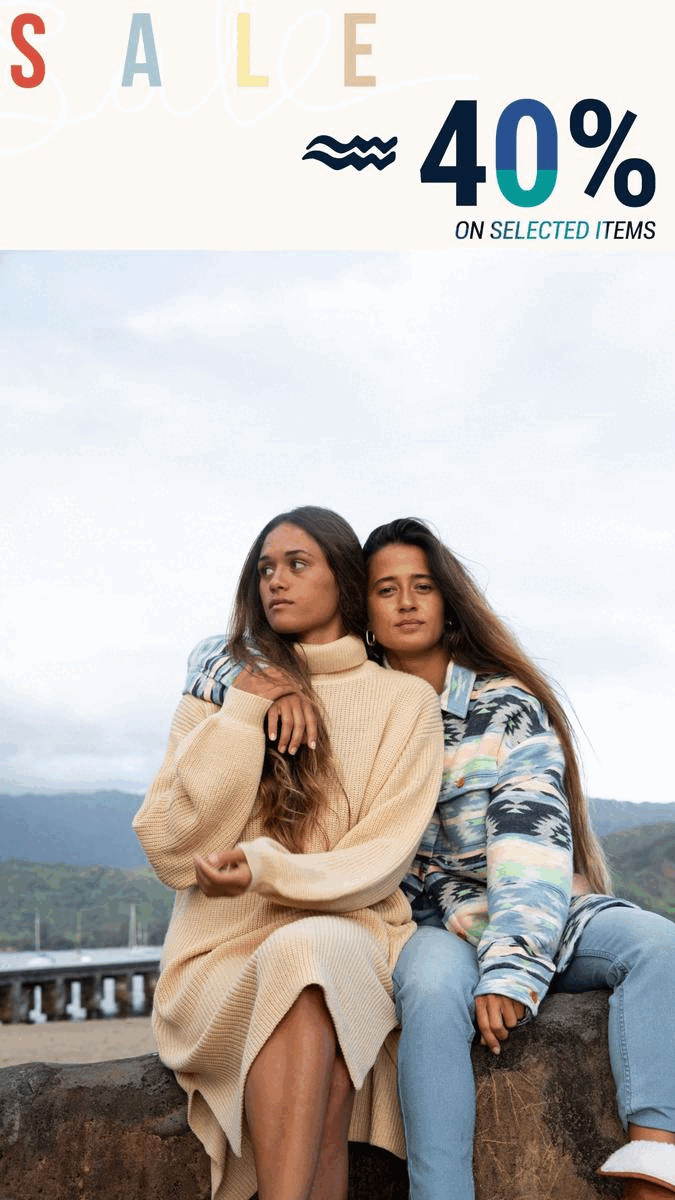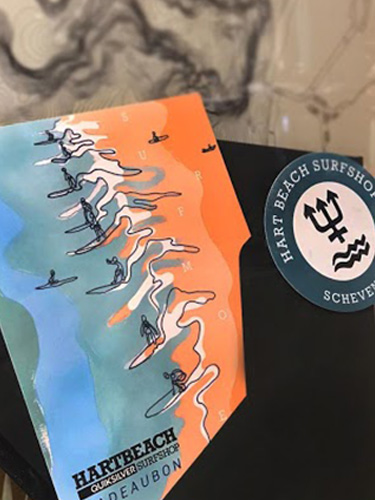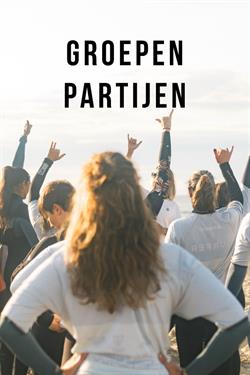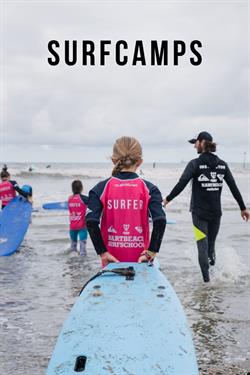You would say it’s only a rubber sticker on the end of your surfboard, nothing to create a fuss about. But riding a proper wave is prone to many variables that we don't control. So when the right wave is finally there, it’s good to make sure that everything that you dó have control over is exactly the way you want it to.
Shop Grip Pads
The preferences differ from person to person. I mean, The rackets of Nadal and Djokovic are probably also very different, because they have their own string tension and handle preferences. Luckily, that surf grip market is very broad these days and there should be a pad for every size of board to be found.
Surfboard grip came on the scene in the mid-70s, when people were looking for alternatives for surf wax. In California, a man thought of a grip spray to keep you on your board. Longboarding legend Herbie Fletcher loved the idea, bought it, and turned it into the first solid deck grips on the market. They were covering the whole board at that time. Over the years, slowly the front part of the pads disappeared due to the rash it caused, and tail pads remained. This has been the standard all over the world for years (in combination with surf wax) but just like fashion trends, front foot traction recently made a comeback.
But what do you want surf grip on your board? With the revival of fishes and mid-lenghts, sometimes you don’t want or need one. In the end you will have to answer these questions for yourself, but we want to give you as much info as possible.
Why a grip pad?
One of the most important reasons why you definitely should get a pad for your board is: Grip. They give you an enormous amount of certain grip when your foot is on there. I mean, if you are going full speed and driving through a massive turn, it's pretty convenient to have your foot as solid on your board as possible.
But some people don’t like extreme amounts of grip, because they like to move their feet while they are riding. It’s easier to move your foot around on a thin layer of wax, opposed to when your foot is buried deep into rubber.
Another reason could be foot placement. Because everything is happening in a split second during your pop up, it’s very convenient to feel exactly where your feet are on your board. Because if your back (or also front) foot is not on rubber, it's not propped against the back of your tail. You can also put your back foot all the way against the kick in the tail pad.
The pads also protect your board from harm. Reasons to use rubber:
- when you use your knee a lot when duck diving
- when you are stomping heavy air a lot and want to keep your board from denting
- when you don't want kids
Let's be real here though: style is also something to be taken into account. Some people simply don't want a pad on their boards because it doesn't look good (in their opinion). I mean, it’s just weird to put a high performance tail pad on a classic hand-shaped balsa 9’2 noserider right? But maybe you like being weird and that is exactly your jam? This opinion we will leave for you to make.
So are you down for a little extra grip under the feet? Then read on! There are two options of surf pads that are used mostly: Tailpads (under your back foot at the tail of the board) and front pads (or front foot pads, which are under the front foot). Let’s start with tailpads.
Tailpads
This is the type of surfboard grip that you will see in the water mostly. It has 5 important components to take into account when choosing one: Kick, Arch, Size and Pieces, Traction and Material.
Kick
The kick of a tail pad is the risen part all the way at the end. If there is a kick on your pad, this can range from a smaller 20-degree kick, right up to a vertical kick.
Ultimately, the steeper your kick, the easier it is to put your foot in place to blow out a wave.
If you're a performance rider and throw your tail around like confetti, you're most likely looking for something between 45 degrees and vertical. If you're riding a fish or a retro board, a mellow or flat tail pad is probably the best option for you.
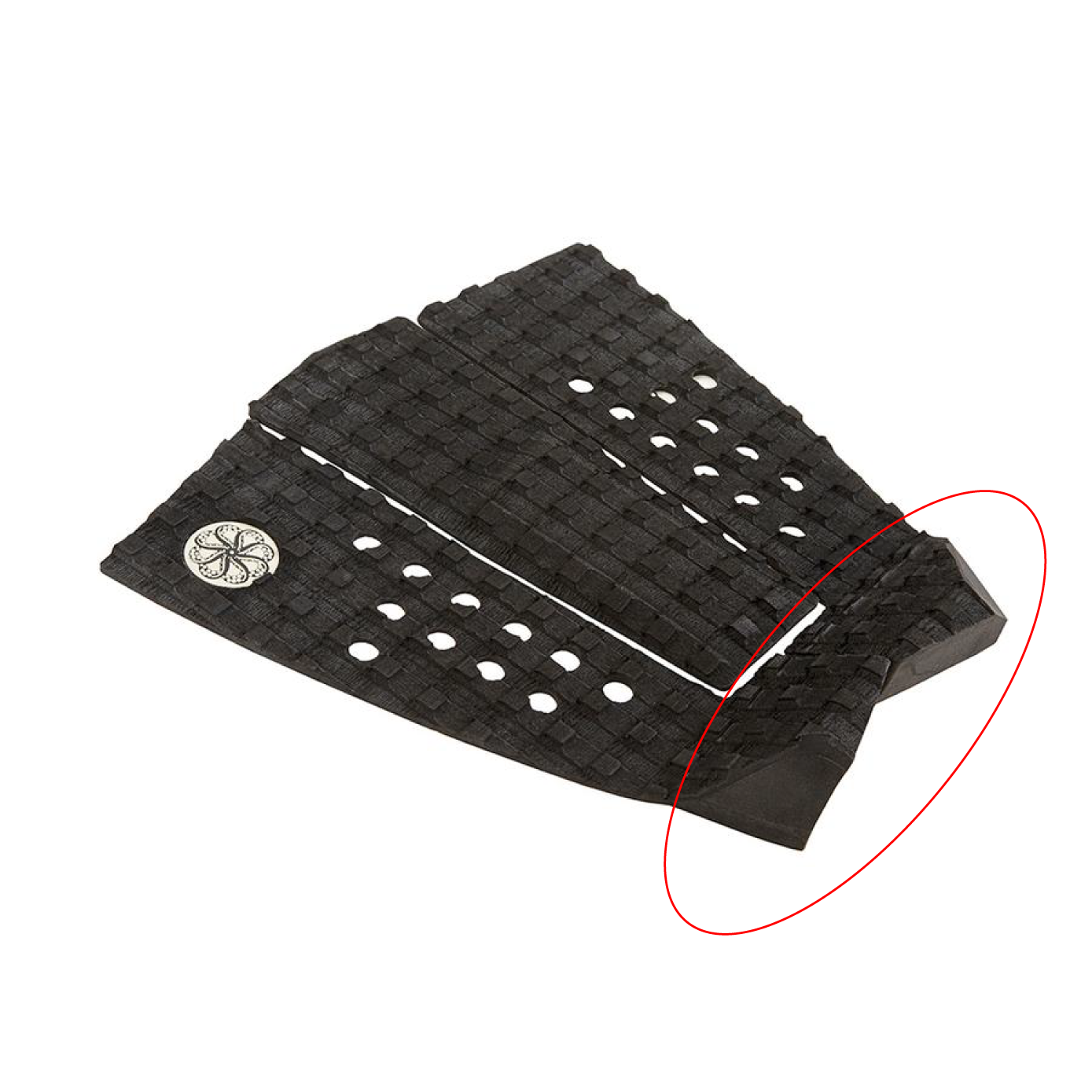
Arch
The Arch is the risen part underneath the arch of your foot. Because feet aren’t completely flat, they sometimes have risen a part in the middle so that there is even more surface that your foot is touching.
Also on arches the opinions are divided. Ex world champ Mick Fanning has a signature droplet shape arch and loves them, while current CT surfer and super talent Kolohe Andino doesn’t like them because it prevents him from moving his foot even more.
Also foot size can matter. For larger feet you are looking for a longer and higher arch that runs the complete length of your foot, while the smaller feet want something that has minimal arch.
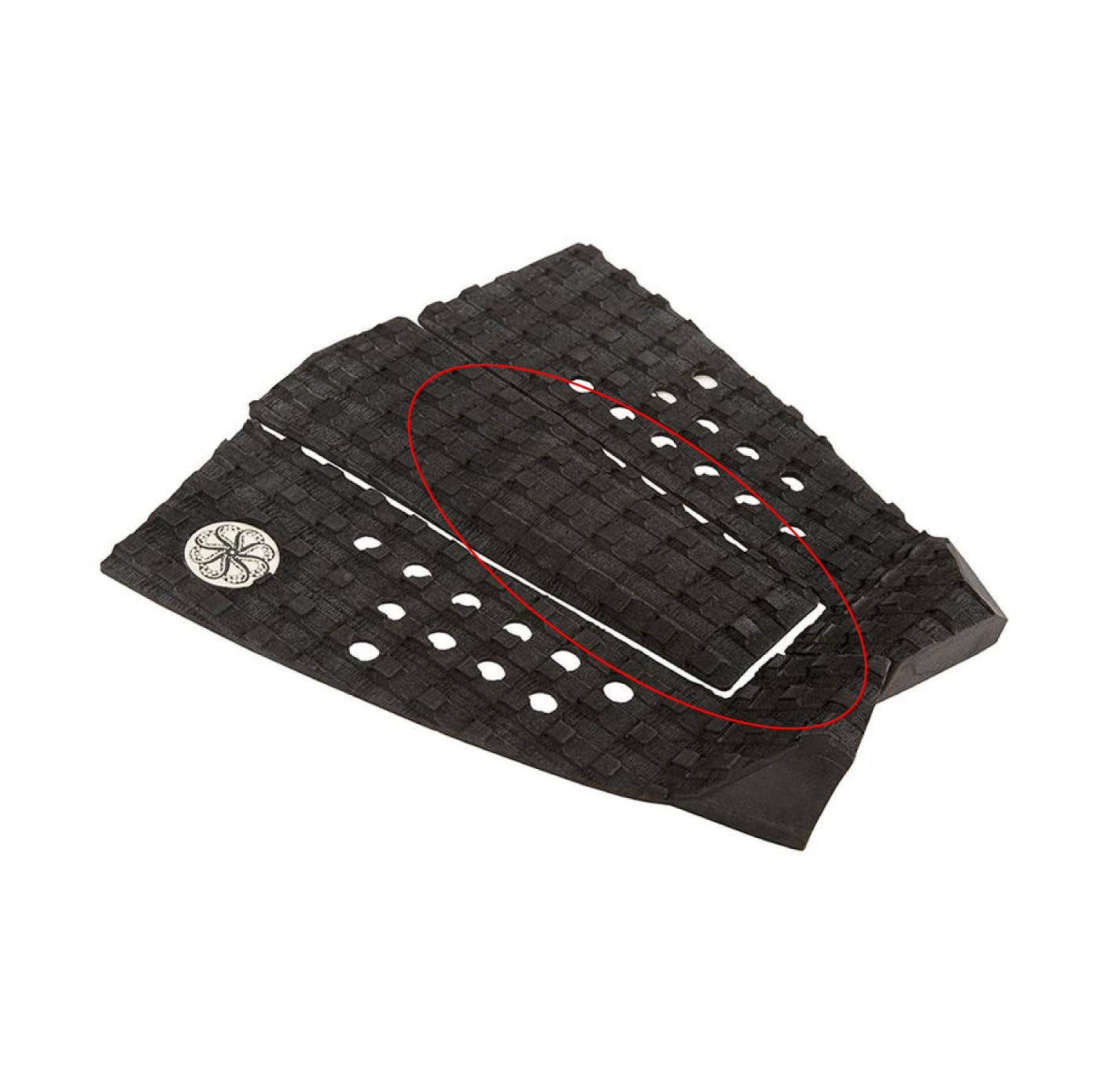
Size and Pieces
Grip pads are often not made out of one piece. The reason is simple: because it’s less flexible. When a pad is divided into multiple pieces, you can decide for yourself how you will spread the parts out over your board.
Still, it’s wise to check the width and length of the pad and if it fits your tail. I mean: the tail of the 6’4 groveler from an adult is not going to be the same size as the one on the needle shortboard of his 12-year-old brother.
Tailpads mostly consist out of 1 to 5 pieces. Brands like Octopus is real sometimes have alternative ways to divide a grip pad, but most of the times, it is as follows:
1 piece - is easy: The pad is made out of one piece. This is nice and solid, but less flexible than pads made out of different pieces.
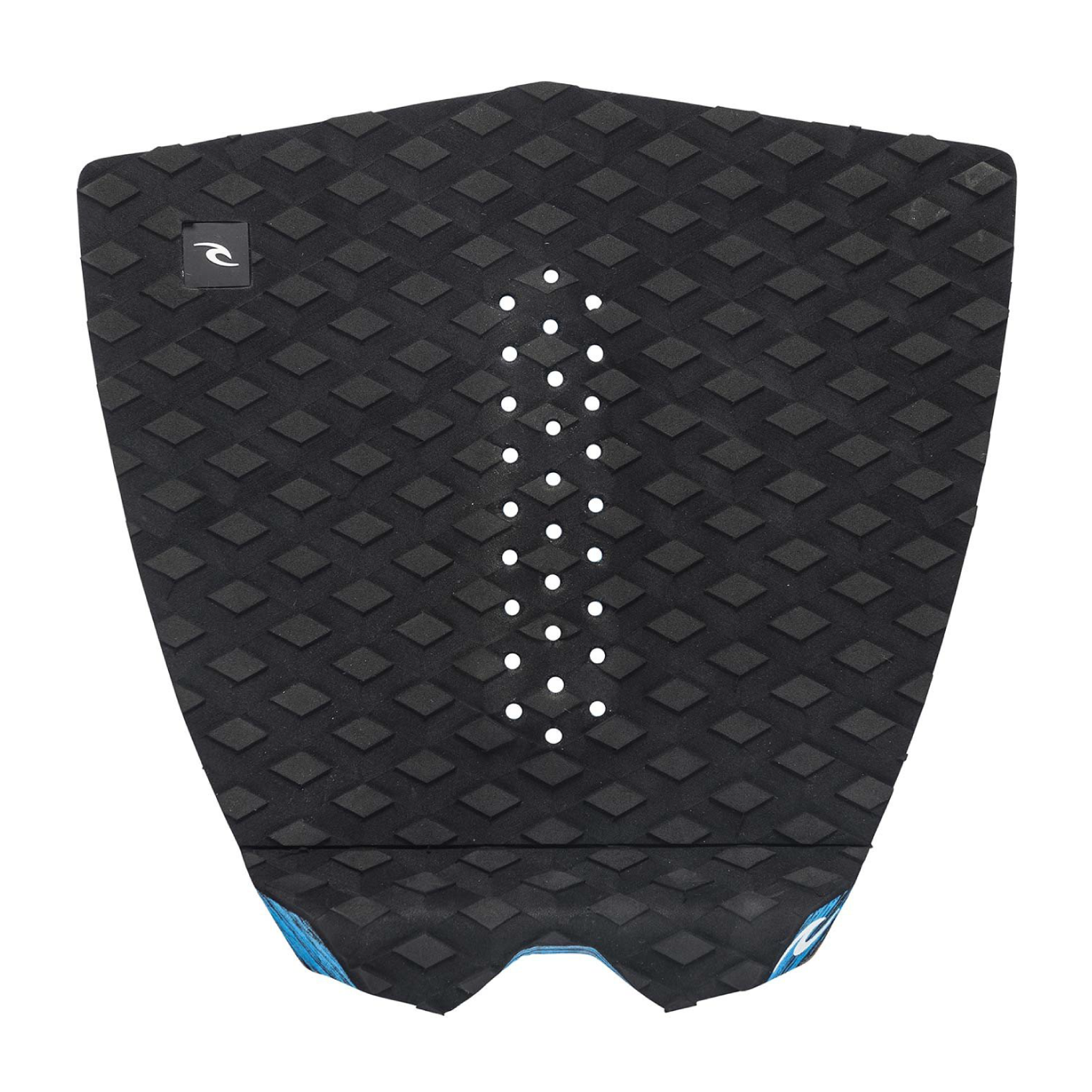
Boards are also not completely flat. When you are pasting a flat sticker on a round surface, it is very hard to get it right. if a pad is divided you can place them more easily.
2 pieces - most of the time have a break in the middle at the stringer. These almost never have an arch.
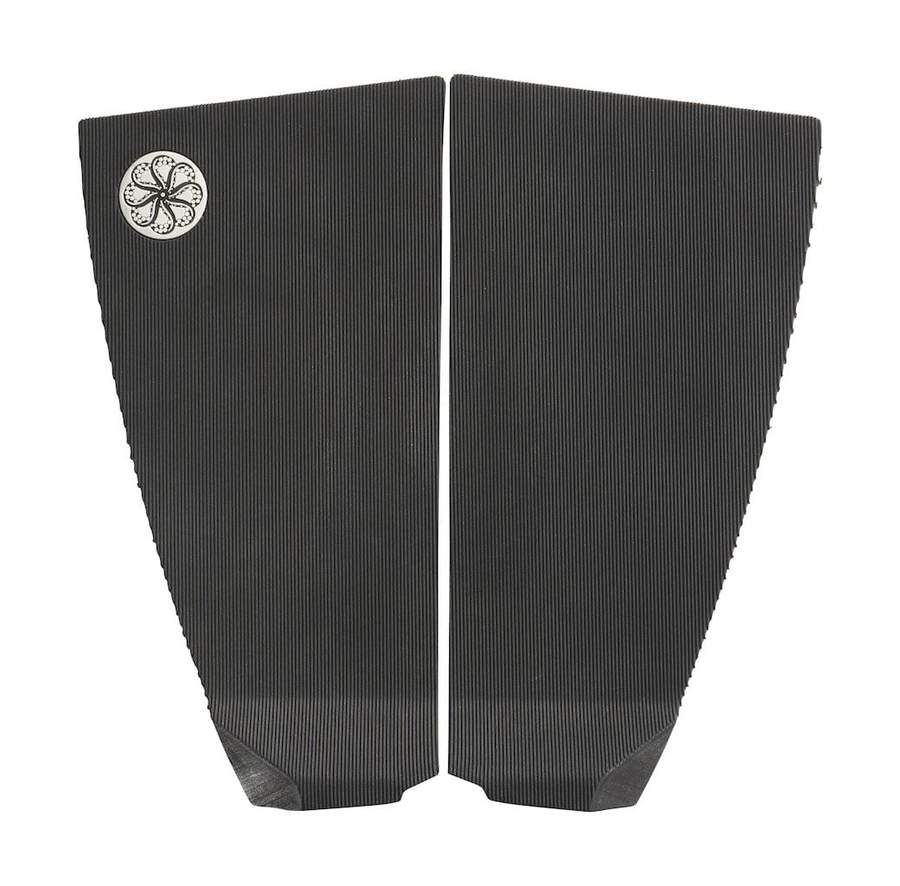
3 pieces - has a middle piece with the arch (if there is one on the pad) and two side panels. These are most common.
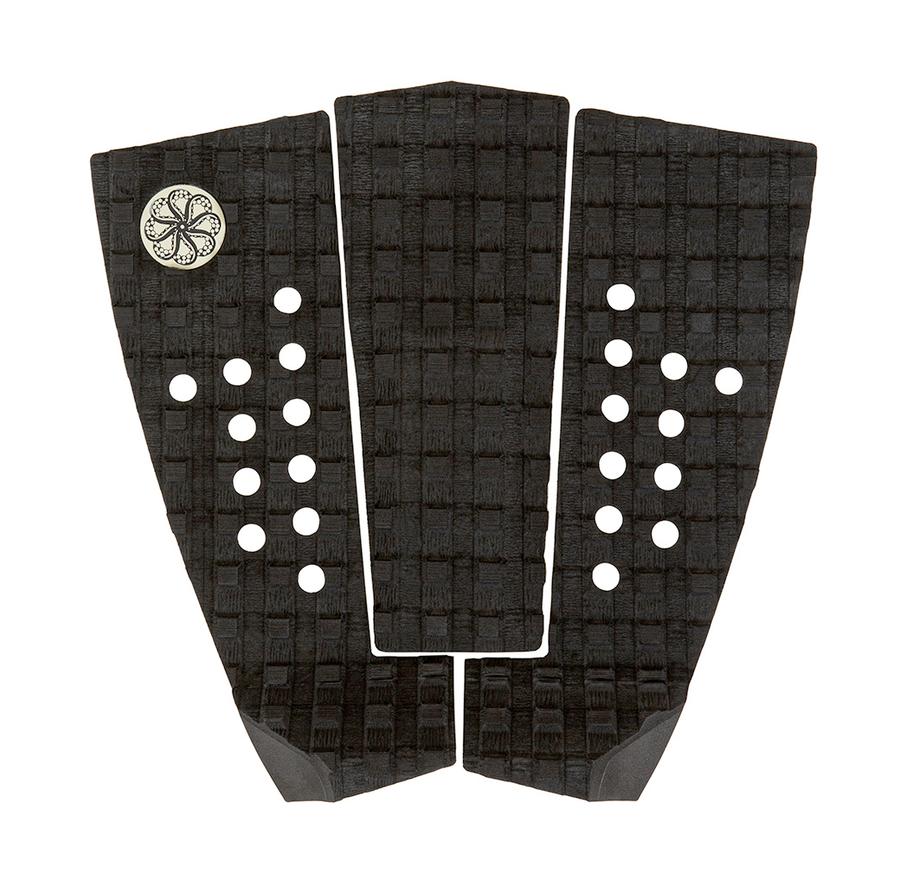
5 pieces - most of the time this is like the 3 piece pads, but they have 2 extra pieces on top. If you put your foot forward a lot this is very nice. King Kelly does this all the time when he is pulling into big barrels so he loves long tail pads. That's why his signature Slater designs pads are sometimes longer.
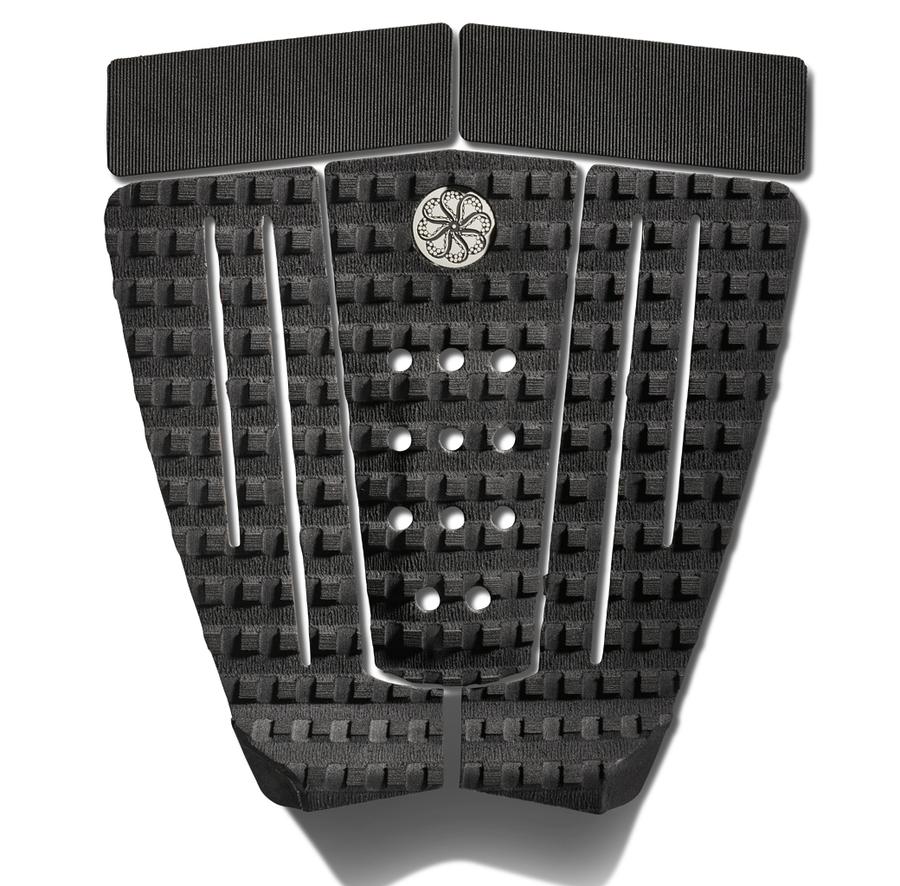
Traction
Tail pads have different kinds of texture. Every brand has its own and also names them different (diamonds, squares, corduroy, you name it!).
Some more expensive pads even have double-layered traction for extra grip. When you opt for a little less grip and want to move around more, you should go for a less intense kind of traction.
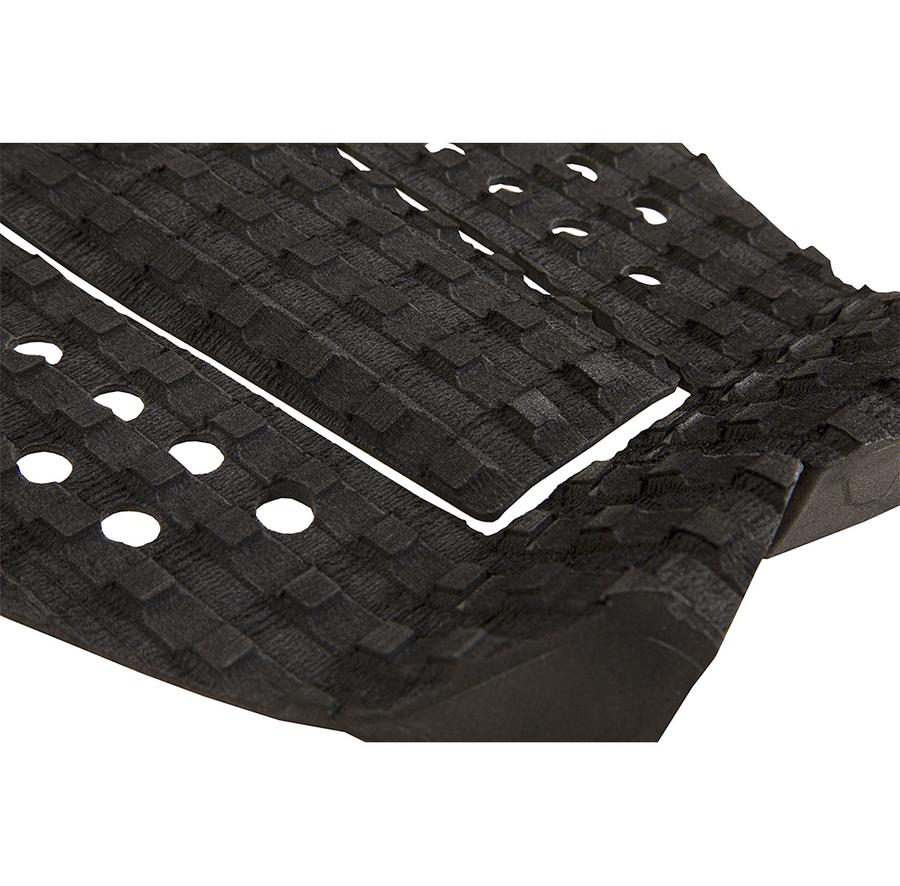
Material
Pretty much every tail pad is made out of Ethylene-vinyl acetate, also ‘EVA’.
Seeing as we are around nature a lot and like to hug a tree or two, there are plenty of people looking for more eco friendly alternatives.
For example:
Slater Designs has pads made out of algae that they took out of the water to clean it. This is a collaboration with Bloom Foam. Creatures of Leisure have pads with the ‘Eco Pure’ technology. When their pads end up in a landfill, nature breaks it down way more easily.
So if you want to go more green, there are definitely already options on the market. Are you curious to what's on offer? check here.
Front Pads
With a front pad or front foot pad, we mean the pad under the front foot, somewhere around the middle of your board.
When the full deck grips disappeared in the 80s, the standard has been surf wax under the front foot and a tail pad under the back foot.
Only a few years ago, some of the most renowned aerial specialists got inspired by fellow aerial specialist and hellman Christian Fletcher (yes, the son of tail pad inventor Herbie Fletcher). He was surfing with front foot pads all the time and after experimenting with them, they were very pleased with the result.
They found that the great amount of grip you get is ideal for when you are going to the air a lot or ride enormous barrels.
Noa Deane explains it properly:
“You can fuckin’ land in the flats and stick things. Your feet are just planted so good. It actually works really good in big barrels, too. Like, coming over foam balls and shit, your feet are just stuck so you can make them a bit easier.
why wouldn’t you want your front foot and back foot to be on the same surface? Like, with skating, both feet are on grip tape. You wouldn’t put your back foot on grip tape and your front foot on wax or something, or vice versa, coz that’d be fuckin’ weird.”
When choosing a tail pad there are two things to consider: traction and thickness.
Traction
If you want a lot of grip under your front foot, go for heavy traction like squares or diamonds for example. Would you like to move your foot around? Go for a traction less intense, like thin corduroy for example.
Thickness
The thickness of a pad is also something to consider. When a pad is nice and thick, it will give you and your board more protection. The result is that you can have the feeling that you are more disconnected from your board. If it’s thinner, it will give you less protection but more board feel. Are you curious to what's on offer? check here.
Other grip options
Of course, this is an evolving market and there are more options than your standard EVA front and tail pads. These are other things to consider as a grip under your feet:
An example here is Hexa Traction. They make a sort of grip tape (what’s on skateboards) for surfboards.
sometimes, people only want the Kick from a tail pad on their board. then a tailblock is a great option
This is mainly used by skimboarders and is used under your front foot. it’s a single strip of grip with an arch in it to give you more grip.
